Your Definitive Guide To Small Office Interior Designs
Creating an efficient and aesthetically pleasing small office space requires a strategic blend of design elements that optimize the use of limited space while fostering productivity and comfort. This article will explore key principles and practical tips for small office interior design, from layout planning to furniture selection and decorative touches.
Space Planning and Layout
1. Assess the Space
Begin by evaluating the dimensions and layout of your office. Take accurate measurements and note the locations of windows, doors, and electrical outlets. Understanding the space’s constraints and opportunities will inform your design choices.
2. Functional Zoning
Divide the office into functional zones based on activities. Common zones include workstations, storage, meeting areas, and relaxation spots. In small offices, these zones often need to multitask. For instance, a single area might serve as both a meeting space and a break area.
3. Open Layout
An open layout can make a small office feel more spacious. Minimize the use of partitions and opt for open desks and collaborative spaces. If privacy is needed, consider using glass partitions, which provide separation without blocking light.
Furniture Selection
1. Multi-functional Furniture
Invest in furniture that serves multiple purposes. Examples include desks with built-in storage, foldable chairs, and convertible sofas. Multi-functional furniture maximizes utility without occupying excessive space.
2. Ergonomic Design
Prioritize ergonomics to ensure comfort and productivity. Choose adjustable chairs and desks that support proper posture. Consider sit-stand desks to promote movement and reduce the risk of sedentary health issues.
3. Scaled-Down Furniture
Opt for furniture that is appropriately scaled for a small space. Bulky furniture can overwhelm a small office, so select pieces that are proportionate to the room’s size. Sleek, streamlined designs work best.
Lighting
1. Natural Light
Maximize the use of natural light. Position desks near windows to take advantage of daylight. Natural light enhances mood and productivity, making the office feel more open and inviting.
2. Layered Lighting
Incorporate layered lighting to create a well-lit, versatile environment. Use a combination of ambient, task, and accent lighting. For instance, overhead lighting provides general illumination, while desk lamps and under-cabinet lights offer focused task lighting.
3. Light Colors
Light-colored walls and furniture reflect natural and artificial light, making the space feel larger and brighter. Soft whites, light grays, and pastels are excellent choices.
Storage Solutions
1. Vertical Storage
Utilize vertical space for storage. Install shelves, wall-mounted cabinets, and pegboards to keep the floor clear and organized. Tall storage units draw the eye upward, giving the illusion of height.
2. Hidden Storage
Incorporate hidden storage solutions to maintain a tidy appearance. Examples include storage ottomans, desks with hidden compartments, and wall-mounted fold-out desks.
3. Decluttering
Adopt a minimalist approach by regularly decluttering. Keep only essential items on display and store the rest. A clutter-free office enhances focus and reduces stress.
Color Scheme and Decor
1. Cohesive Color Palette
Choose a cohesive color palette to create a harmonious look. Light, neutral colors expand the perception of space, while a few bold accents can add personality without overwhelming the room.
2. Greenery
Introduce plants to bring life and freshness into the office. Plants improve air quality and add a natural element to the decor. Choose low-maintenance varieties like succulents or snake plants.
3. Personal Touches
Incorporate personal touches to make the office feel welcoming. Display artwork, photos, or inspirational quotes that resonate with you. However, avoid overloading the space with too many decorative items.
Technology Integration
1. Wireless Solutions
Reduce cable clutter by using wireless technology. Wireless keyboards, mice, and printers keep the workspace clean and organized. Consider investing in a docking station for laptops to streamline connectivity.
2. Cable Management
Implement effective cable management solutions for devices that require wires. Use cable trays, clips, and sleeves to keep cords out of sight and prevent tangling.
3. Smart Office Tools
Incorporate smart office tools to enhance productivity. Examples include smart lighting systems, virtual assistants, and ergonomic monitoring apps. These tools can help create a more efficient and comfortable work environment.
Samples Of Small Office Decor That Shines
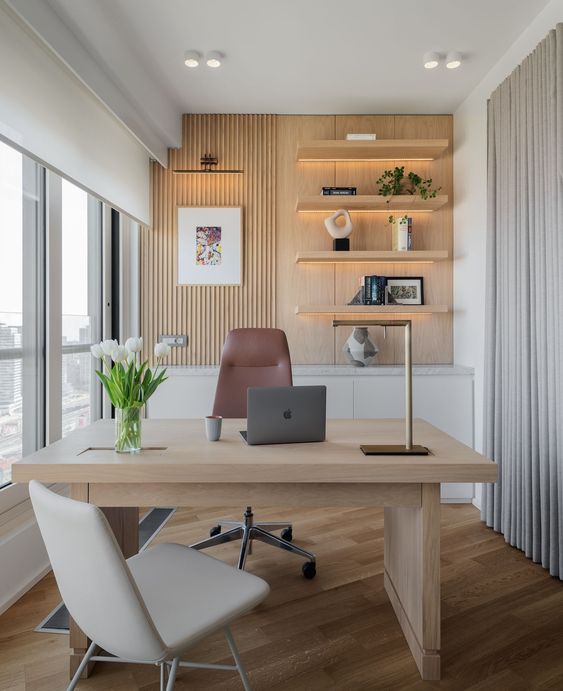
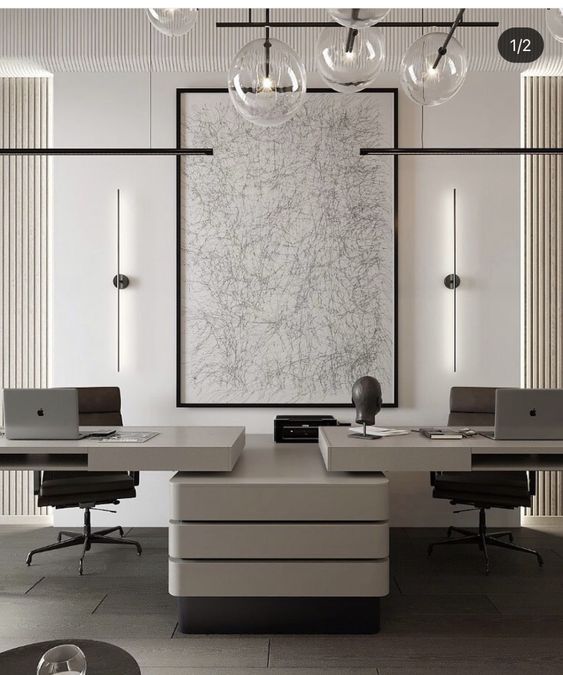
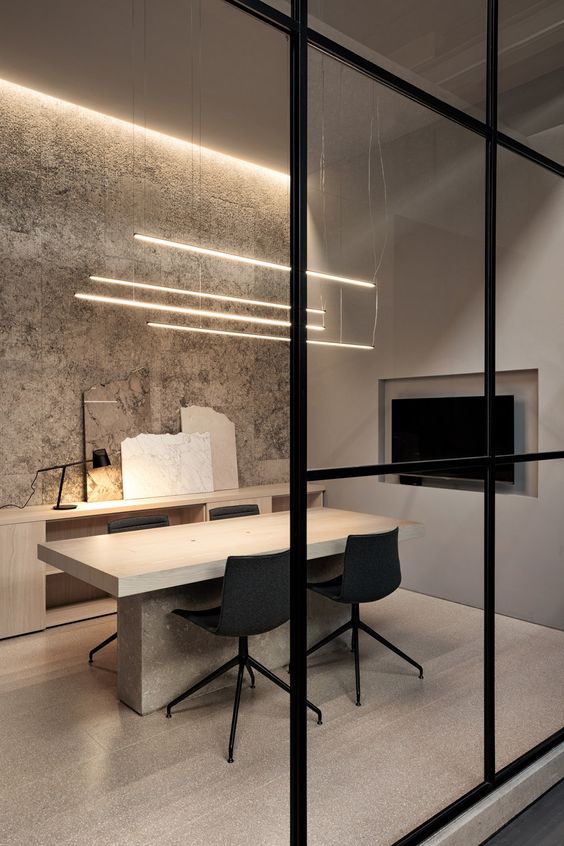
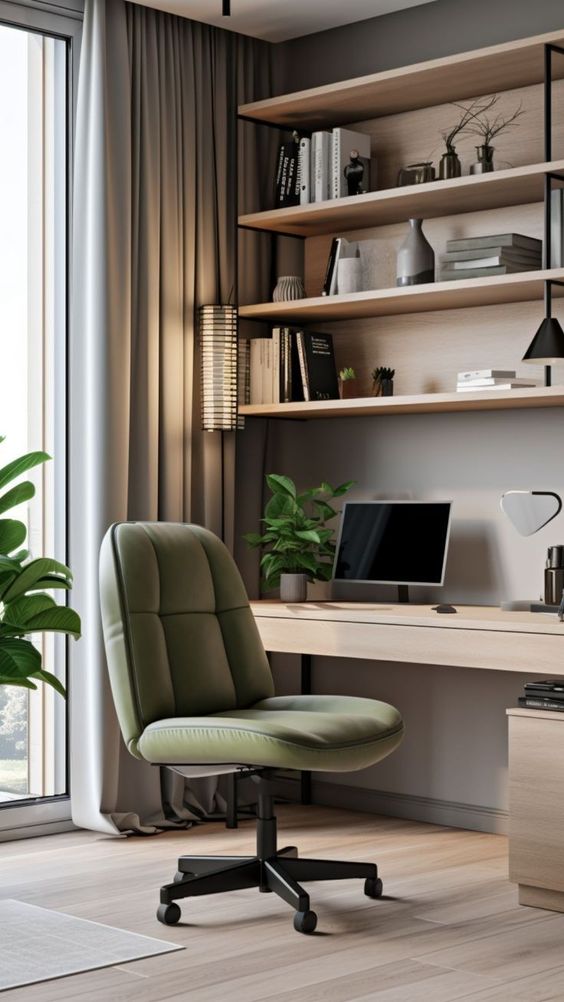
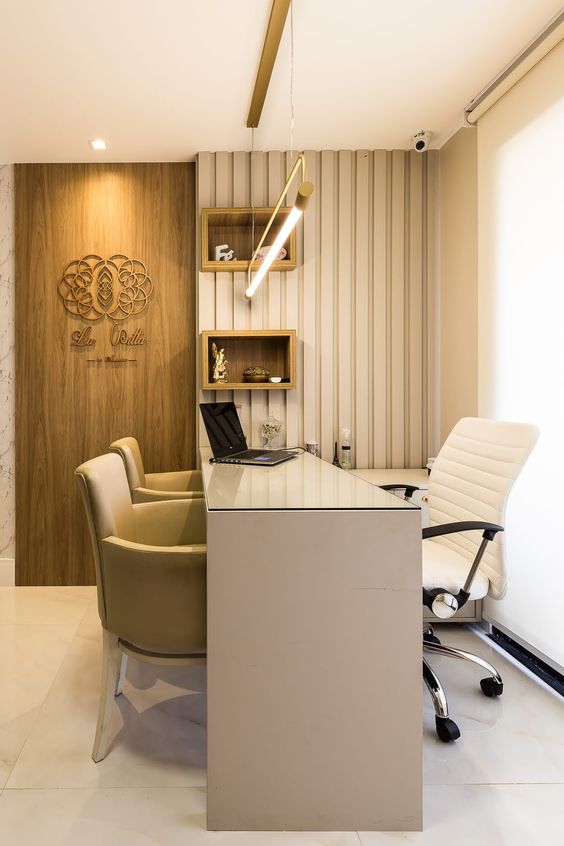
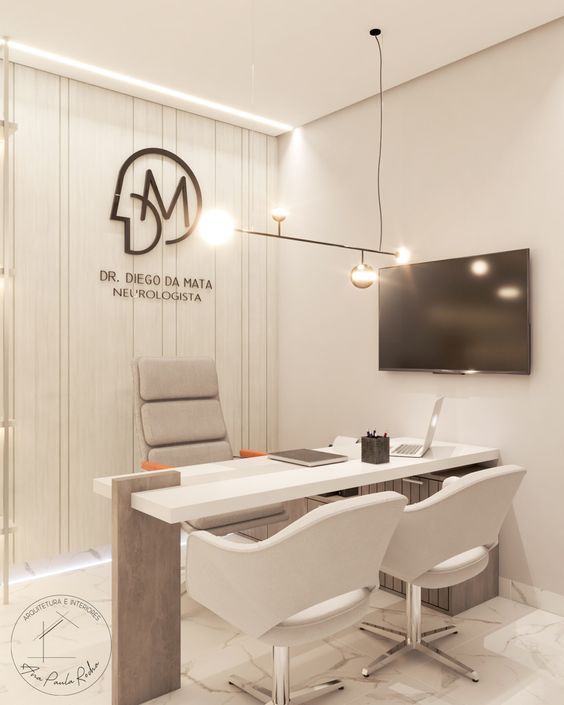

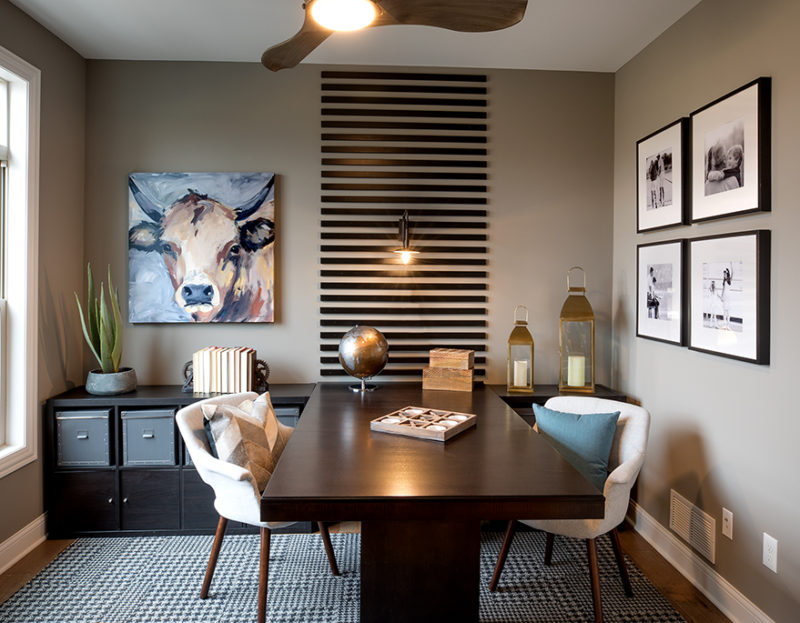
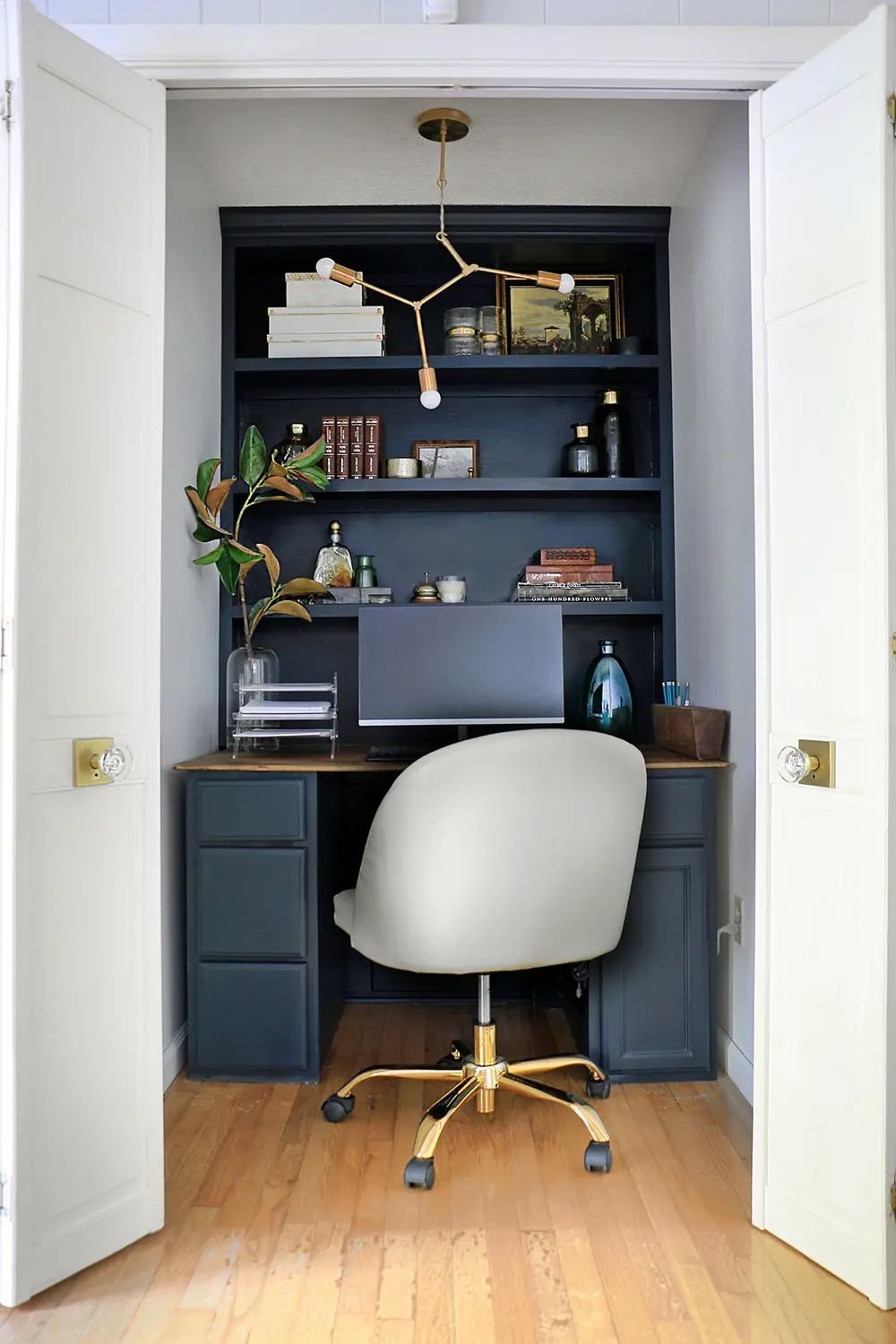
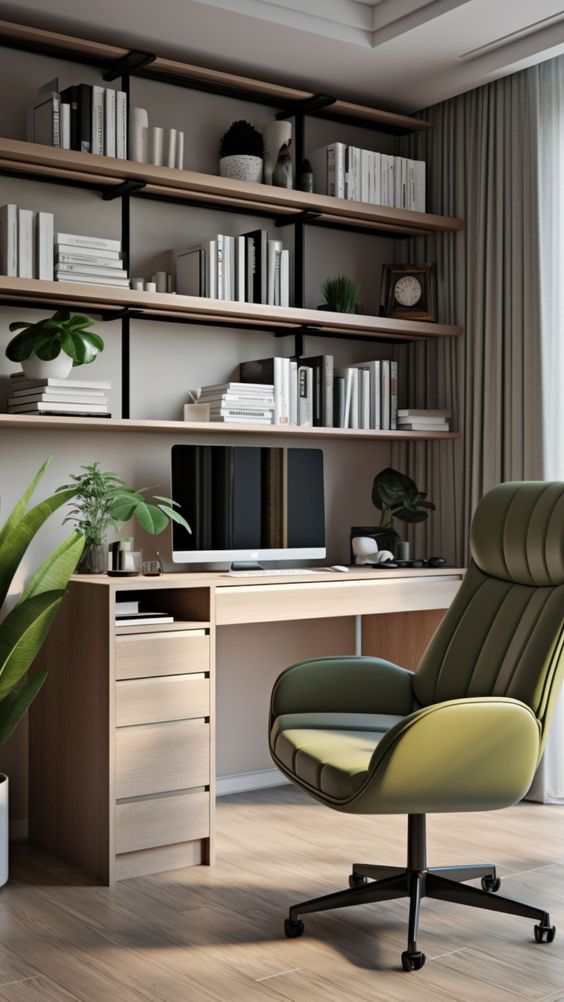

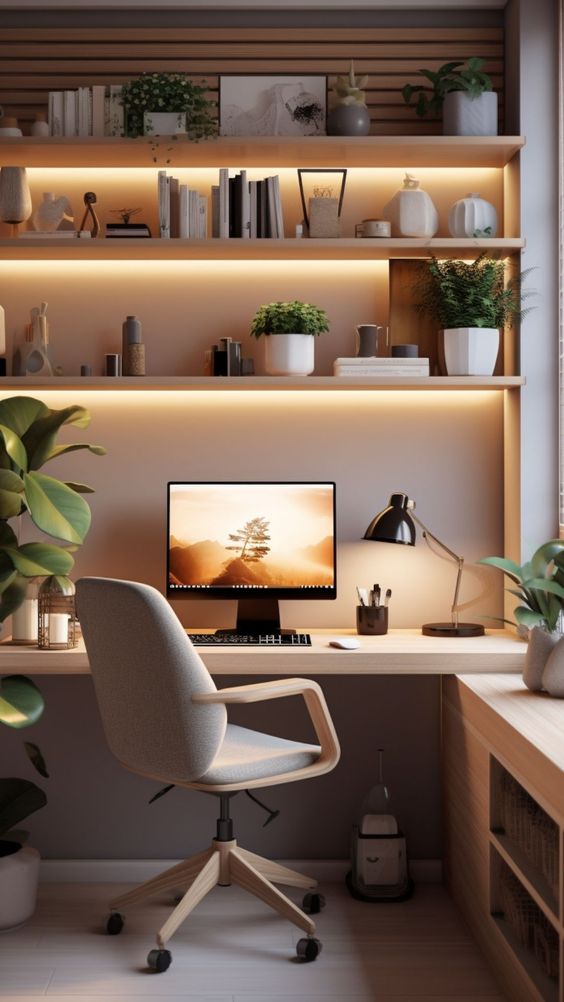
4o
